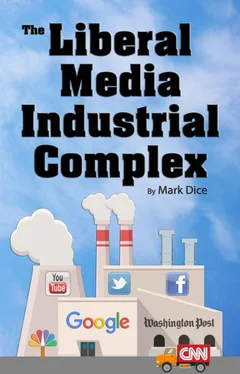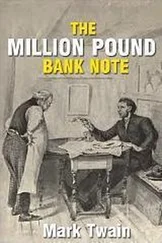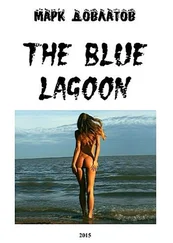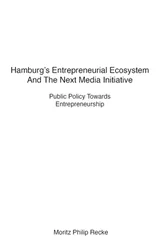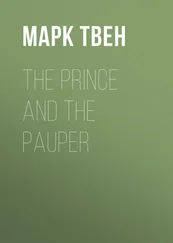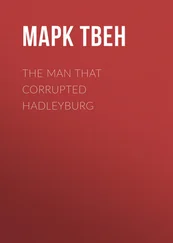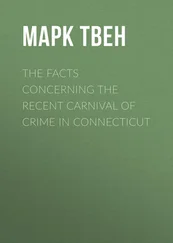This means that if people clicked on a video and found that the title and thumbnail were misleading or it wasn’t a quality video, and then decided not to watch it by clicking away rather soon once it began playing, the algorithm would know that it wasn’t what people were searching for because the average amount of time people spent watching the video would be low. But if the video had a high watch time average, the site (accurately) figured that people had found what they were looking for because they kept watching it, and those were the videos that ranked the highest in the search results.
All that mattered was that the video was uploaded to YouTube by someone—anyone. If it was good, and people watched it instead of clicking away after a few seconds, it would show up in the top of the search results. But all that changed in October 2017 when YouTube reconfigured the algorithm to favor videos from mainstream media outlets. 749
They added internal tags on certain channels deeming them “authoritative sources,” and overnight the top search results for most things were now videos from channels like CNN, NBC, Entertainment Tonight, etc. Most of these videos have only a tiny fraction of the views (and watch time) compared to countless other videos about the subject being searched for, but those videos are now buried under pages of content from channels that YouTube has deemed “authoritative” sources. 750
They had manually intervened in the search results previously, but only for certain topics they deemed “extremist” material, like videos supporting ISIS. YouTube had been redirecting search results for these topics to curated videos and playlists they had specifically chosen in order to “confront and debunk violent extremist messages.” 751But now “the Jigsaw Method” as they call it, was rolled out on a massive scale and incorporated news, current events, and many other topics people regularly search for.
“We’re continuing to invest in new features and changes to YouTube search that provide authoritative results when people come to YouTube looking for news,” a YouTube spokesperson said in a statement. 752“So far this year we have introduced new features that promote verified news sources when a major news event happens. These sources are presented on the YouTube homepage, under ‘Breaking News,’ and featured in search results, with the label ‘Top News.’ Additionally, we’ve been rolling out algorithmic changes to YouTube search during breaking news events. There is still more work to do, but we’re making progress.” 753Soon it wasn’t just videos from mainstream media channels boosted to the top during “breaking news” events, but almost anything having to do with news at all.
MSNBC’s Chris Hayes rang the alarm about YouTube’s algorithm because he didn’t like the search results for videos about the Federal Reserve. 754 Mother Jones magazine joined in on the criticism, reporting, “If you search for ‘Federal Reserve’ on YouTube, one of the first videos to surface is titled ‘Century of Enslavement.’ Using archival footage and the kind of authoritative male voice heard in countless historical documentaries, the 90-minute video espouses the idea the Federal Reserve was formed in secret by powerful, often Jewish, banking families in the early 20th century, causing America to spiral into debt.” 755
It continued, “The incendiary Federal Reserve video, flagged by MSNBC host Chris Hayes earlier this month, is just one of many examples of how political extremists have mastered YouTube’s algorithms and monetization structure to spread toxic ideas ranging from conspiracy theories to white supremacy. The video ‘Why Social Justice is CANCER,’ for instance, appears after searching for ‘social justice.’ 756 That video was from Lauren Chen (formerly known as Roaming Millennial.) 757
Soon the search results for “Federal Reserve” featured only videos from mainstream media channels, and the documentary Chris Hayes called out ( Century of Enslavement: The History of the Federal Reserve— which was the top search result) was nowhere to be seen. I looked all the way through page 25 of the search results and it still didn’t show up. 758Other videos critical of the Federal Reserve, including one titled “Exposing the Federal Reserve,” which is a high-quality 30-minute cartoon, 759and “The Federal Reserve Explained in 3 Minutes” also vanished.
A whistleblower later revealed to Breitbart that “Federal Reserve” had been added to the secret “Controversial Query Blacklist” file which causes “authoritative content” (i.e. mainstream media channels) to artificially rise to the top of the search results over other videos that actually qualify organically for those positions. 760
My most-viewed video “Donald Trump’s Funniest Insults and Comebacks,” which has over 11 million views, is now buried on page three of the search results when looking for the exact title. All the top results for “Donald Trump’s Funniest Insults and Comebacks” are videos from CNN, NBC News, ABC News, the Washington Post, HuffPost, etc, most of which are critical of President Trump and have far less views and watch time.
My channel had reached one million subscribers in May of 2017, and at the time had more subscribers than MSNBC’s channel, NBC News, CBS News, and even Fox News. 761And many of my videos far eclipsed theirs in the number of views, but since the algorithm changes my channel virtually stalled in growth while theirs all grew exponentially.
In the spring of 2019, YouTube changed the algorithm so when people searched for my own name, the top search results were other people’s videos about me, with mine buried at the bottom of the page. When searching for almost any other YouTuber, however, their most recent videos were featured at the top of the page with a notification highlighting their latest uploads.
I had been calling YouTube out about this since I first learned of it in May 2019, thanks to people leaving comments on my videos giving me a heads up, but YouTube wouldn’t respond to me. It was only after an uproar four months later when Steven Crowder became aware that none of his videos were coming up in the search results for his name either, and directed his lawyer to contact them about it while his fans bombarded YouTube with a flood of tweets denouncing them for what they had done.
They quickly made some adjustments, partially fixing the problem near the end of September 2019, but didn’t publicly acknowledge the complaints or that they had reverted the algorithm back to the way it was. But at least my two most recent videos started showing up again at the top of the search results along with those of the other popular conservative channels that had been censored (Steven Crowder, Paul Joseph Watson, The Next News Network, Lauren Chen, and Breitbart News).
Shortly after a feminist writer for Slate.com, an online magazine, complained about many of the top search results for “abortion” being pro-life videos (including one that showed what a baby looks like in the first trimester—complete with arms, legs, fingers and toes), YouTube quickly changed the algorithm to feature various pro-abortion videos at the top. “I emailed YouTube Friday afternoon asking why anti-abortion videos saturated the search results for ‘abortion,’” she wrote, adding, “By Monday morning… the search results had changed to include a number of news outlets among the top results.” 762
National Review pointed out that YouTube was happy to “airbrush away the reality of abortion,” by artificially boosting pro-abortion videos after her complaint. 763Now a search for “abortion” brings up videos from Vice News, the BBC, and BuzzFeed. In a leaked document given to Breitbart, one engineer admitted “We have tons of white and blacklists that humans manually curate.” 764
Читать дальше
